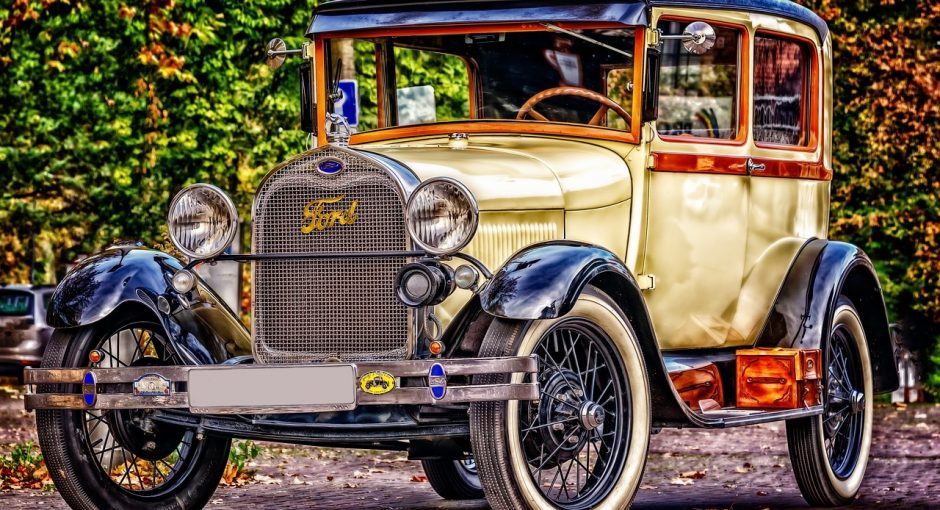Antique cars are vehicles that are more than 30 years old and usually are used in car shows and for display purposes only. Antique cars are not used to travel to work or vacations. These cars are treated with “kid gloves” and regular auto insurance for these cars may be a waste of money because they are not driven on a regular basis. Antique car insurance is a better choice when planning to purchase insurance.
Prior to getting insurance, the car must be appraised by a certified appraiser. Your insurance company should be able to recommend a certified appraiser. The appraiser will determine the value of your car based upon the sale price of similar antique cars.
If the car is less than 50 years old, the appraiser may look for a “blue book value” on the car. The blue book value is used in the automotive industry to estimate the value of used cars. Most antique cars can found in this listing. In the event the vehicle is not listed, the appraisal may be based on the condition of the car.
An appraiser will use the blue book value or set a date to view the car to ensure it is in the condition stated by the owner. This is a precautionary measure used in the prevention of insurance fraud. There have been cases where the insured over estimates the value of a car and then damages the vehicle to collect the insurance. The owner collects on the estimated value listed in the policy. This is one reason it is important to have the vehicle apprised by someone who is trusted by the insuring agency.
Applying for antique automobile insurance is not much different than applying for regular car insurance. You will the need the basic information such as the year, make and model number as well as the value. You will also have to provide the insurance company with the driving license of anyone who will be driving the car. If there is a vehicle identification number on the vehicle, the insurance company will also need to have that to issue the insurance policy.
Both the blue book value of the car, if available, and the condition of the car will determine the value of the automobile. The insuring agency provides coverage based on the replacement value should anything happen to the car. Valuation is always based upon the replacement value, which is determined either by the rated blue book value or by comparison to three similar cars in the same condition and with the same value. The insurance will also provide coverage against damage or injury to other individuals and self, should the car is involved in an accident.
You will have to check around to find an insurance company that offers antique car insurance. Most of the larger agencies have an underwriter who will offer this insurance. They will issue collision and liability insurance based upon how often the car is used and the information on the person who will be driving the vehicle.
There are several types of antique automobile insurance available today. One is based on actual cash value which is based on an amount the car is worth at the time of insurance, less depreciation costs per year. This may not be a wise decision if the car is one that will gain in value in years to come as it is similar to ordinary car insurance.
Stated value provides a safer option and will cover the appraised value of the car during the entire term of the insurance policy.
The third option, agreed value insurance, consists of a monthly premium on the car. This is a good option for those who live in climates where the car can only be driven during certain months. This gives the option of eliminating the cost for liability coverage during the months that the car is being stored. The option that you choose for antique car insurance depends on the value of your car and if you plan to drive it all year long.






